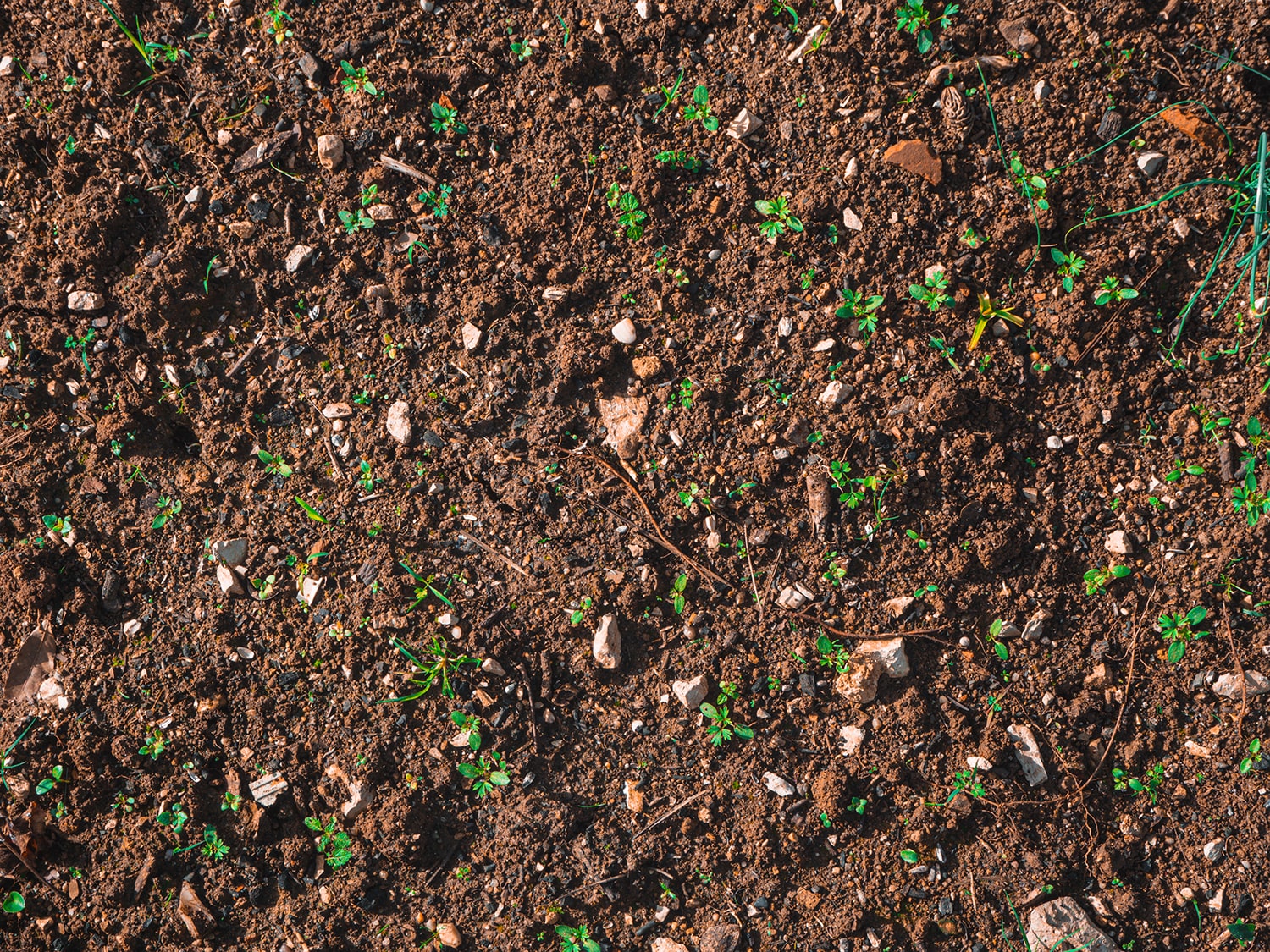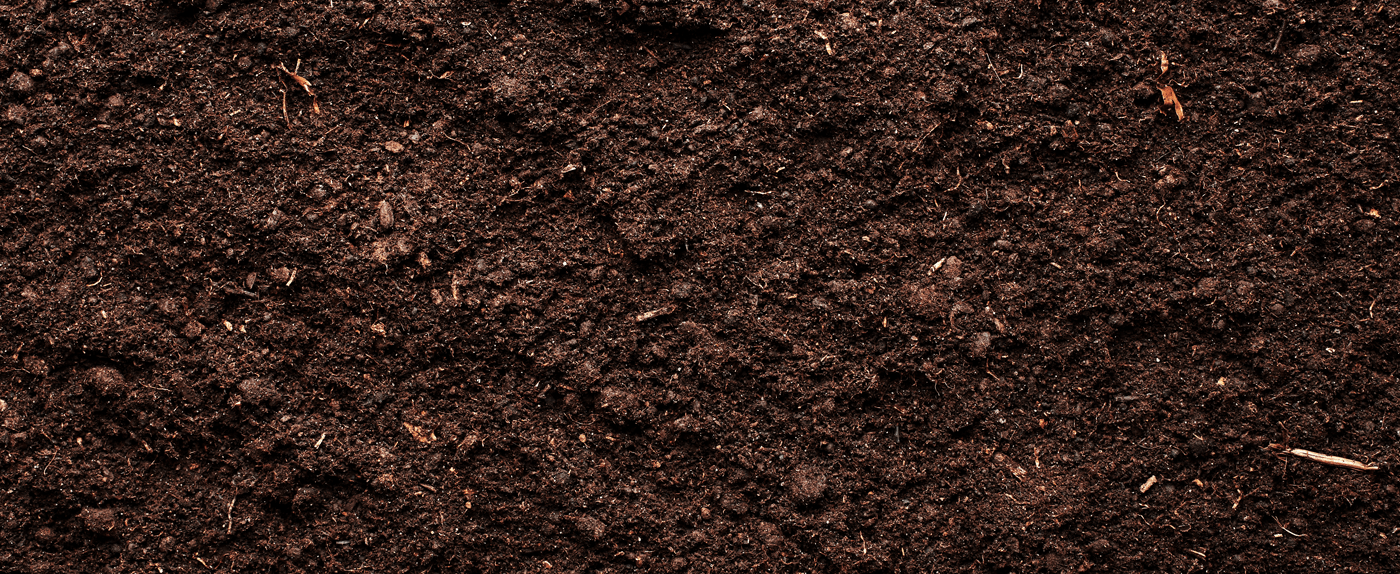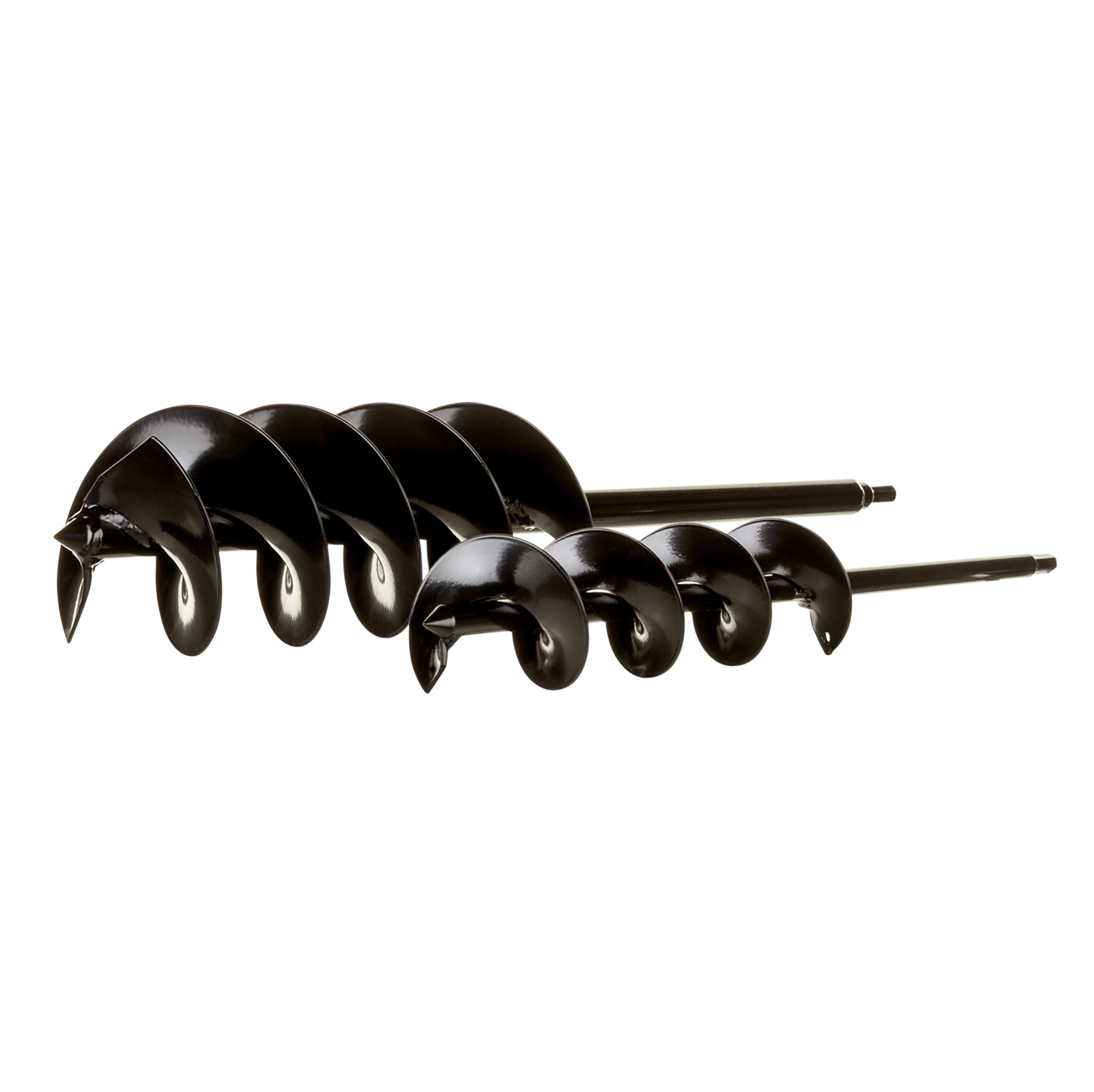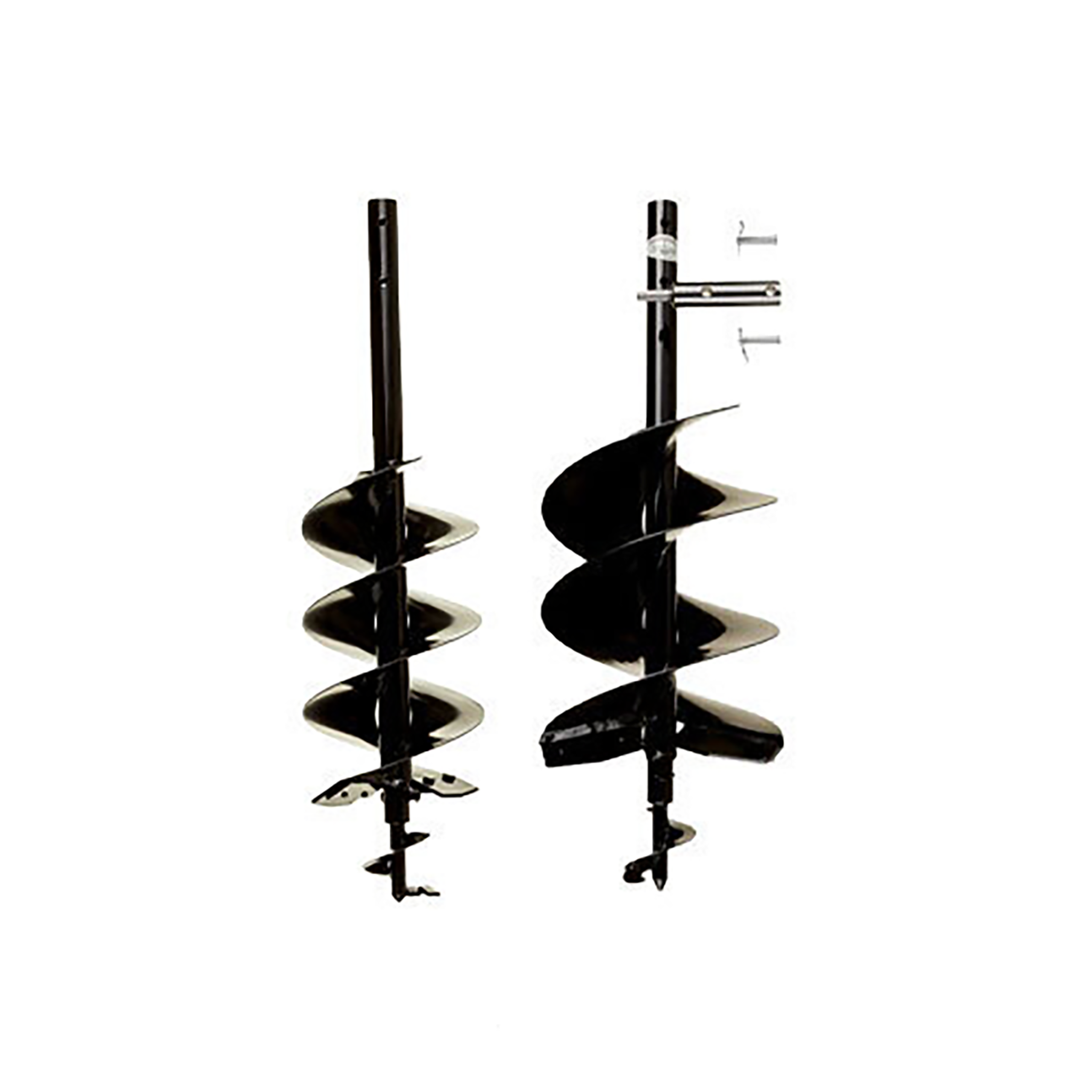
Auger Bits for Soil Moisture Probes
Showing result 1 of 1 filtered products.
Need help choosing the right auger?
Take our quiz and get a personalized recommendation.
×
Showing result 1 of 1 filtered products.
Need help choosing the right auger?
Take our quiz and get a personalized recommendation.








